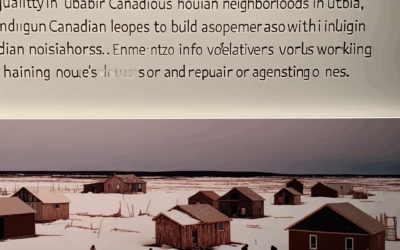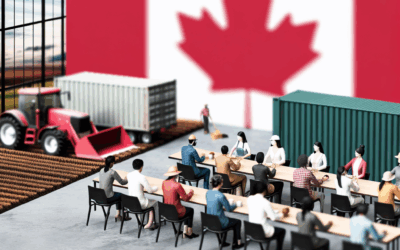Introduction: Understanding Canada’s Water Challenges
Water is one of Canada’s most abundant natural resources, yet the country faces significant challenges related to water quality and shortages. Despite being home to 20% of the world’s freshwater, Canada is not immune to the growing global water crisis. Climate change, industrial pollution, and outdated infrastructure are contributing to deteriorating water quality in many regions. Simultaneously, certain areas are experiencing water shortages due to overuse and uneven distribution of resources. This article delves into the complexities of Canada’s water issues, exploring the causes, impacts, and potential solutions. By understanding these challenges, Canadians can take informed steps toward ensuring sustainable water management for future generations. Let’s explore the state of Canada’s water, its vulnerabilities, and the path forward.
The State of Canada’s Water Resources
Canada boasts an impressive network of lakes, rivers, and aquifers, but this abundance can be misleading. While some regions enjoy plentiful water supplies, others face chronic shortages. For instance, the Prairies often experience droughts, while urban centers like Toronto and Vancouver grapple with increasing demand. Climate change exacerbates these disparities, altering precipitation patterns and reducing snowpack in critical watersheds. Additionally, Indigenous communities frequently face water crises, with many still under boil water advisories. These disparities highlight the need for a more equitable and sustainable approach to water management across the country.
Water Quality Concerns: Pollution and Contamination
Water quality in Canada is under threat from various sources, including industrial waste, agricultural runoff, and urban development. Chemicals, microplastics, and untreated sewage are contaminating waterways, posing risks to human health and ecosystems. For example, the Great Lakes, which supply drinking water to millions, are impacted by pollutants like phosphorous and mercury. Indigenous communities are particularly vulnerable, with many relying on water sources that are unsafe for consumption. Addressing these issues requires stricter regulations, improved monitoring, and investment in modern water treatment infrastructure to ensure clean, safe water for all Canadians.
The Impact of Climate Change on Water Availability
Climate change is reshaping Canada’s water landscape, leading to unpredictable weather patterns and extreme events. Rising temperatures are causing glaciers to melt, rivers to dry up, and lakes to warm, disrupting ecosystems and water supplies. In regions like the Arctic, thawing permafrost is releasing methane and other pollutants into water sources. Meanwhile, intense storms and flooding are overwhelming water management systems, leading to contamination and infrastructure damage. These changes underscore the urgent need for adaptive strategies to mitigate the effects of climate change on water resources and ensure long-term resilience.
Urbanization and Water Demand
Canada’s growing urban population is placing unprecedented pressure on water resources. Cities are consuming vast amounts of water for residential, industrial, and agricultural purposes, often exceeding sustainable limits. Leaky pipes and outdated infrastructure further exacerbate the problem, leading to significant water loss. Without significant investment in water-efficient technologies and infrastructure upgrades, urban centers risk facing severe shortages in the future. Public awareness campaigns and incentives for water conservation can also play a crucial role in reducing urban water consumption and promoting responsible usage.
Innovative Solutions for Sustainable Water Management
Addressing Canada’s water challenges requires innovative solutions and collaborative efforts. Technological advancements, such as smart water meters and advanced filtration systems, can improve water efficiency and quality. Green infrastructure, like rain gardens and permeable pavements, can help manage stormwater and reduce pollution. Additionally, Indigenous-led initiatives are proving effective in restoring and protecting local water sources. Policymakers must prioritize water conservation in legislation, while individuals can contribute by adopting water-saving practices. By embracing these solutions, Canada can safeguard its water resources for future generations.
Conclusion: A Call to Action for Canada’s Water Future
Canada’s water challenges are complex but not insurmountable. From pollution and climate change to urbanization and shortages, the issues are interconnected and require holistic solutions. By addressing these problems through stricter regulations, innovative technologies, and community engagement, Canada can ensure a sustainable water future. It’s essential for governments, industries, and individuals to work together to protect this vital resource. Water is not just a commodity—it’s a fundamental human right and a cornerstone of life. By taking action now, Canadians can preserve their water legacy and set an example for the rest of the world. The time to act is today.



